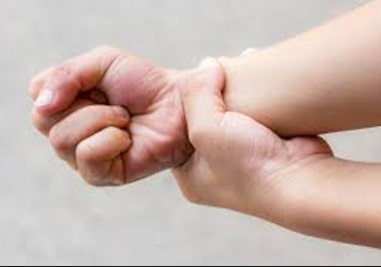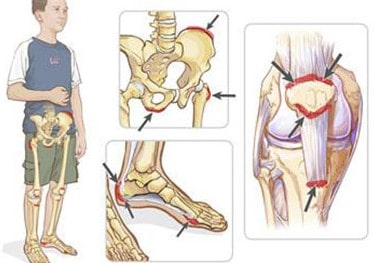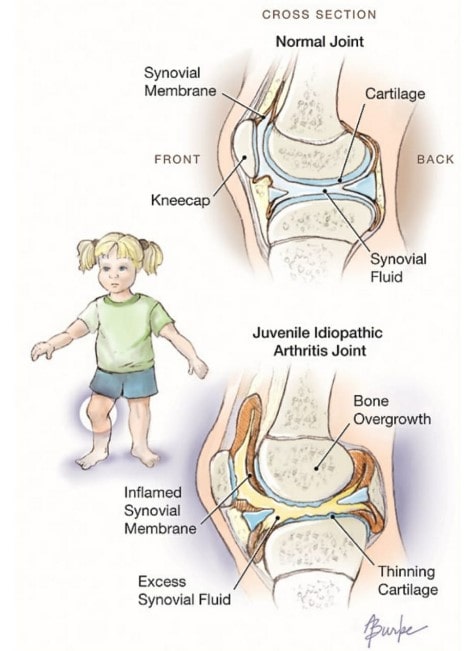JIA

JIA
What is JIA?
Juvenile arthritis (JA) is an umbrella term, not a specific disease. It refers to a group of rheumatic diseases and conditions affecting children.
Juvenile idiopathic arthritis (JIA) is the most common type of arthritis in children. The term idiopathic means “of unknown origin.” JIA was previously called juvenile rheumatoid arthritis, or JRA.
What are the causes of JIA?
Researchers are uncertain what causes JIA. There is no evidence that foods, toxins, allergies or lack of vitamins play a role in developing the disease. Current research indicates that there is a genetic predisposition to JIA. More than a dozen genetic markers have been identified for JIA, and hundreds more are being considered. However,genetic markers alone can’t determine who will get arthritis. Researchers believe that a trigger, like a virus,can start the disease process in those children with the genetic tendency.


What are the symptoms of JIA?
The following list includes some of the most common early symptoms of arthritis in children. Your child may not have all of these symptoms.
- Joints that are warm to the touch
- Swelling and tenderness at joints
- Fever
- Rash
- Favoring one limb over another
- Pain (at rest or with activity)
- Stiffness, especially upon waking in the morning
- Decreased physical activity
- Inability to bend or straighten joints completely
How is it diagnosed?
An early diagnosis and aggressive treatment is key to preventing or slowing joint damage and preserving joint function and mobility.
Here are some of the steps your Rheumatologist will perform during the initial diagnosis period.
Medical history. The doctor will take your child’s health history to help determine the length of time and type of symptoms that have been present. This helps to rule out other possible causes like trauma or infections. The doctor will also ask about your family’s medical history.
Physical exam. The doctor will examine your child’s joints for external signs of inflammation and test his or her range of motion.
Laboratory tests. The doctor may order blood tests that measure levels of certain proteins and other chemicals that are present in children with JIA.
Imaging. The doctor may order imaging scans – X-rays, ultrasound, MRI or CT – of joints to identify joint damage.
What treatments are there?
Early diagnosis and aggressive medical care gives children with JIA the best opportunity for a good outcome. The goal of any treatment plan is to achieve remission by controlling inflammation, relieving pain, preventing joint damage, and preserving function and mobility.
Your child’s treatment plan may include medication, exercise, eye care, dental care and proper nutrition. Rarely, surgery may be necessary at later stages to help with pain or joint function.
